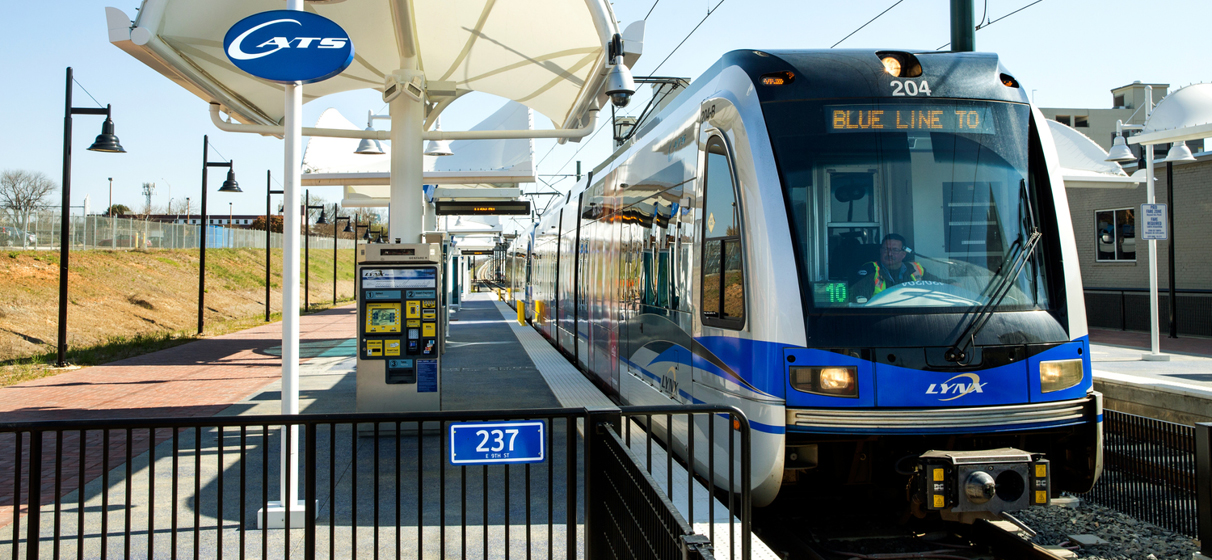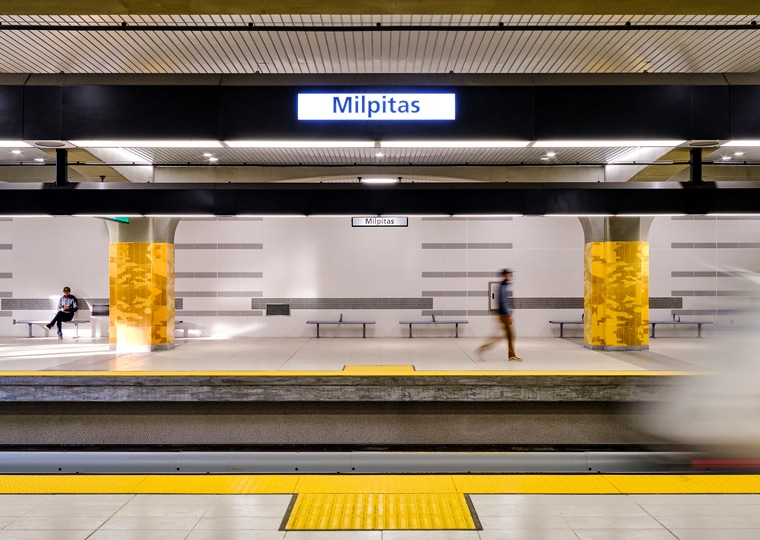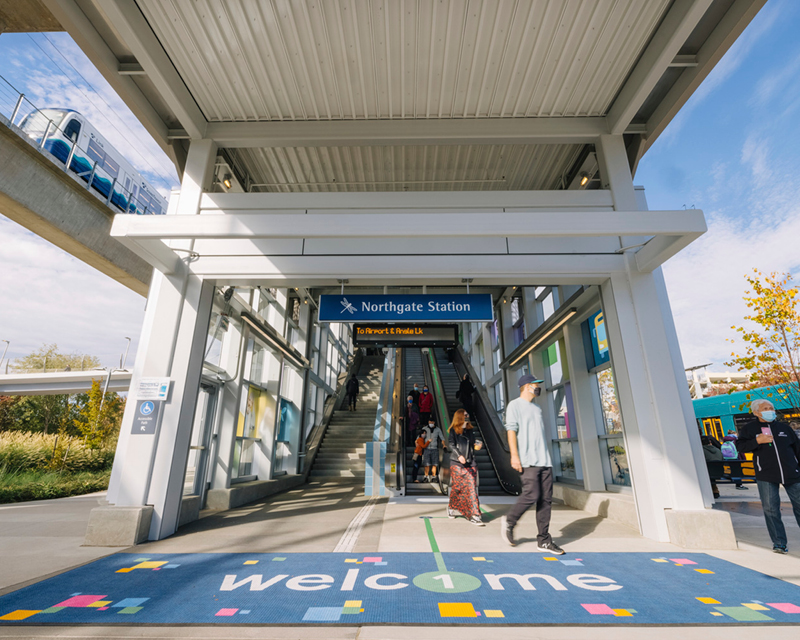As communities around the United States continue to grapple with population growth, traffic congestion and environmental concerns, the need for more flexible, efficient and sustainable public transportation systems has become a crucial priority. One solution that is being deployed with increasing frequency is light rail transit (LRT), a modern and eco-friendly mode of urban mobility.
For decades, STV has been an industry leader at designing and delivering new and improved LRT systems – and all associated infrastructure like vehicles, shops and yards, stations and traction power, communications, signal and security systems – throughout the United States and Canada. This includes the legacy of bringing LRT to major North American cities like Charlotte, Dallas, Houston and Ottawa and extensions of existing legacy systems, as well as leveraging pioneering delivery methods like design-build-operate-maintain to support our clients and communities.
In this roundtable, industry experts John Manconi, senior vice president of national transportation advisory, John Ponzio, senior vice president in STV’s national transportation team, and Tammy Petsios, senior vice president and business development director, discuss the economic and social benefits of investing in LRT, overcoming implementation challenges with pioneering solutions, and the firm’s long-standing role in promoting urban sustainability.
STV’s legacy includes a wide range of LRT systems and infrastructure on both coasts of the United States and Canada. Click on the red pins on the map to learn more about five initiatives that bring connectivity, innovation, access, equity and positive community impacts to communities.
What are the benefits of light rail for the economy and communities? How can cities ensure these benefits are shared equitably across different neighborhoods?
John Manconi: Light rail systems that are meticulously planned with community input can catalyze transformative change. They provide affordable, efficient mobility that connects neighborhoods and integrates seamlessly with other eco-friendly modes like walking and biking to promote holistic health. When done right, multimodal networks anchored by light rail form the backbone supporting comprehensive community revitalization efforts that make cities more inviting, competitive and sustainable.
Tammy Petsios: Investing in light rail spurs significant economic benefits like construction/operational job growth and transit-oriented housing development near stations. It also yields social benefits by improving mobility and job access. Environmental dividends come from reduced emissions and congestion as people shift from cars. However, inclusive planning, affordable housing policies and strategic investments in underserved areas are key to ensuring these economic, social and environmental benefits reach all communities equitably.
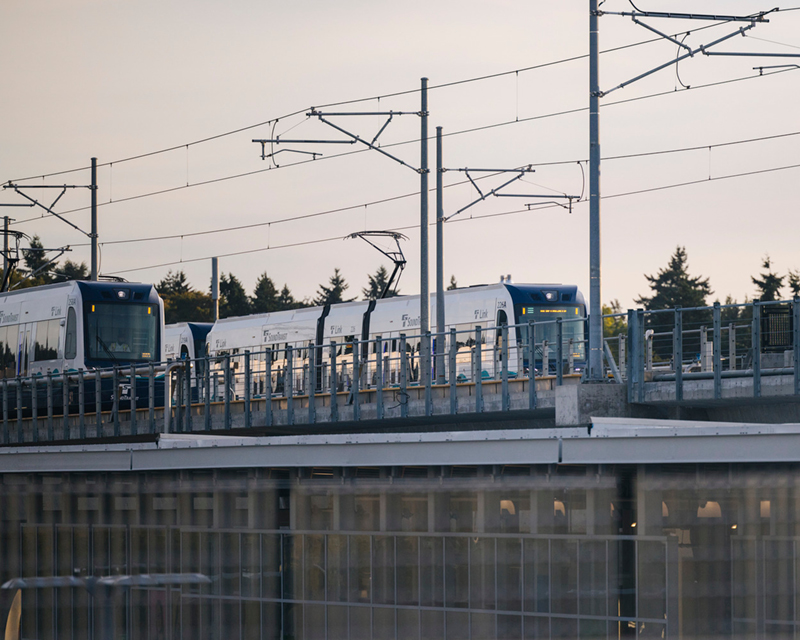
What are the main challenges in building and operating light rail systems? What proven solutions have worked to overcome these challenges?
Tammy Petsios: Securing funding is a key challenge, but innovative approaches like public-private partnerships and leveraging federal grants can bridge gaps. Robust program development with clearly defined roles among local, state and federal partners facilitated by a comprehensive operations and governance plan is also important. Street-running light rail faces unique challenges integrating with vehicular traffic and physical constraints, requiring localized mitigation strategies and a comprehensive vision to address potential impacts.
John Manconi: For transit to succeed, it must deliver real value tailored to user needs across communities; not just affordability, but also account for factors like total travel time, transfers, connectivity, safety and most crucially, provide efficient routes to desired destinations. Upfront journey mapping and inclusive stakeholder engagement across all rider segments is vital to co-creating solutions wrapped around diverse community needs. An equity lens must be applied throughout the design process.
John Ponzio: Transformative light rail hinges on clearing this highest bar – providing an optimized travel experience resonating with the people it will serve. Sensible implementation unlocks benefits, but only when operations fundamentally improve mobility for riders.
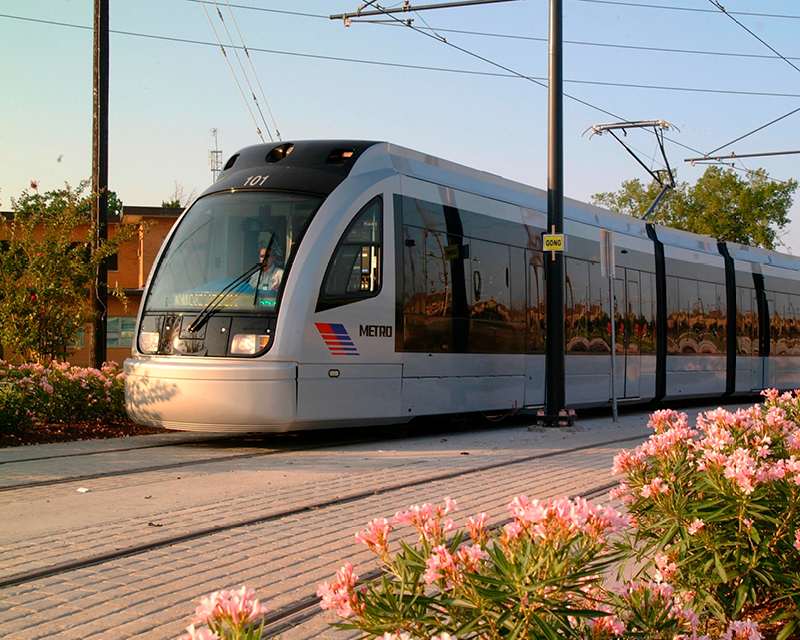
How can light rail help make cities more environmentally sustainable? What can be done to reduce the environmental impact of light rail?
John Manconi: Light rail’s environmental credentials are clear cut. The list of eco-friendly benefits is extensive: zero emissions, regenerative braking, LED lighting and battery operation capabilities to list a few. Additionally, light rail catalyzes smart growth by enabling transit-oriented development – compact, affordable, high-density communities co-locating live, work, play and educational destinations near efficient mobility options.
Tammy Petsios: In addition to the direct sustainability benefits John mentioned, light rail reduces vehicular miles traveled, pollutant levels and traffic congestion along transit corridors as commuters shift from cars. It decreases commute times while expanding job access, especially for low-income communities where there is limited car ownership.
John Ponzio: However, potential adverse impacts like worsened air quality, noise and safety issues on streets receiving rerouted traffic from street-running light rail require mitigation. STV has experience in leveraging tactics like smart signaling, lane utilization strategies and other traffic management measures which are crucial to address these localized effects while still reaping light rail’s overall sustainability gains from reduced emissions and mobility costs through increased transit usage.
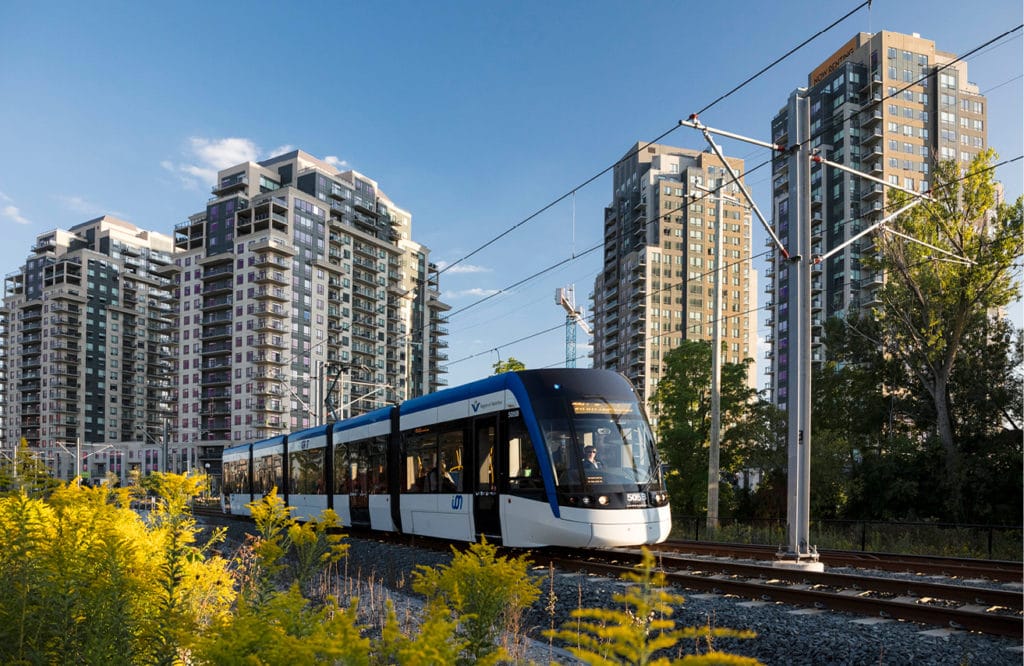
How can light rail best connect and integrate with other modes of transportation like buses, biking, micromobility and walking to create a seamless transportation network?
John Manconi: The modern planning approach to LRT should include upfront connectivity studies to analyze integration with all other modes. These assess links to multi-use pathways, subway/bus connections, needed upgrades for seamless transfers, weather protection, ADA accessibility, first/last-mile solutions and more. Evaluating light rail as one component of a holistic mobility ecosystem illuminates strategies to create a truly seamless, car-optional regional transit network.
Tammy Petsios: A smart Intelligent Transportation System (ITS) that evaluates traffic demand and coordinates light rail operations can help reduce congestion, enhance safety and provide dedicated spaces for all modes to coexist efficiently.
John Ponzio: This approach begins with a comprehensive evaluation of project alternatives, using criteria to identify corridors with high potential for multi-modal integration based on projected ridership, land use patterns and the ability to accommodate various mobility options. Seamless connections between light rail stations and bus routes, bike lanes and pedestrian pathways are essential for enabling smooth transfers and encourage multi-modal commutes. Ultimately, thoughtful planning and technology implementation can harmonize light rail with other transit modes for an integrated urban transportation network.
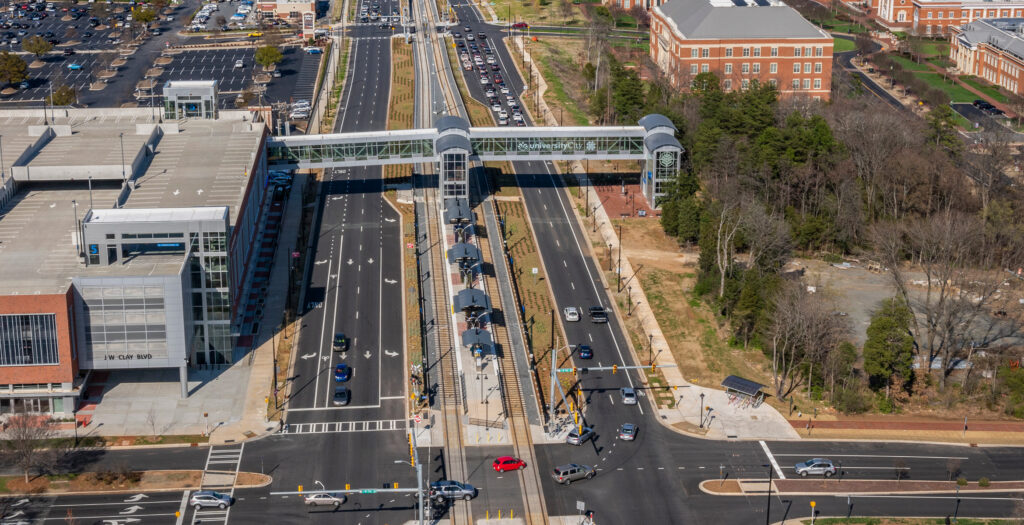
What new trends and technologies do you see emerging for light rail systems in the future? How might these innovations change how urban transit systems are designed and operated?
John Manconi: The innovation curve for light rail vehicles continues to accelerate. Alternatives like battery-electric and hydrogen propulsion are on the horizon, reducing costs by eliminating overhead catenary and substation infrastructure. Transit agencies are also adopting cutting-edge tools – AI customer journey mapping, VR/AR public engagement, online surveys – to supercharge inclusive outreach and equitable community co-creation. While traditional town halls remain vital, these new technologies capture voices often underrepresented.
Tammy Petsios: The light rail sector is poised for significant innovation in the coming years. A major focus will be on futureproofing systems for decarbonization by exploring alternative power sources beyond the grid, such as renewable energy integration. Minimizing the physical footprint of light rail through smaller, autonomous vehicle designs that can safely share rights-of-way with other modes is another key trend. Autonomous light rail vehicles with the ability to monitor operations, adapt speeds and coordinate with surrounding traffic and mobility demand in real-time could drastically improve efficiency.
John Ponzio: Smart, integrated fare payment systems that seamlessly connect light rail with existing subway, commuter rail, bus and micromobility options will also enhance the user experience. As these and other technological advancements come to fruition, they will revolutionize how we design, operate, and navigate urban transit networks centered around sustainable, multi-modal light rail.
